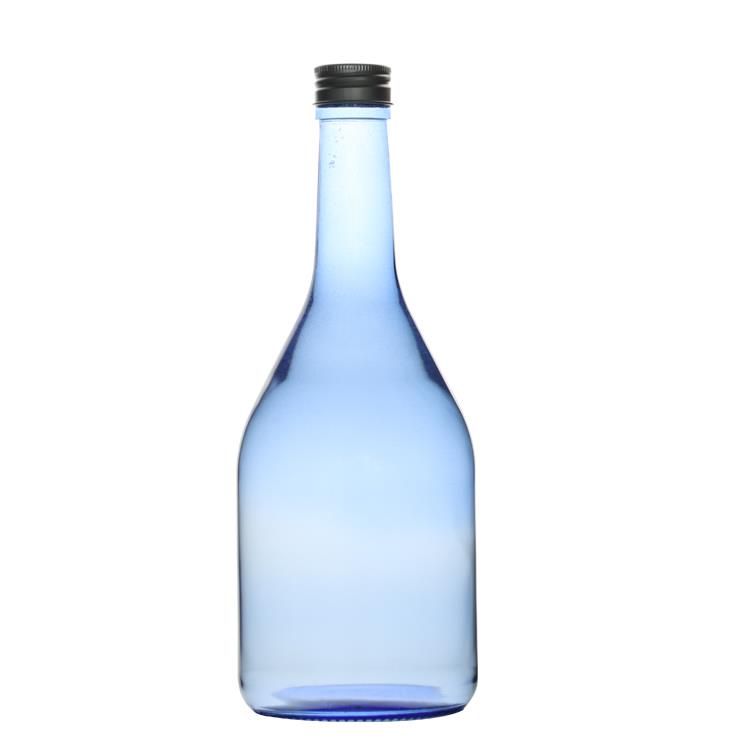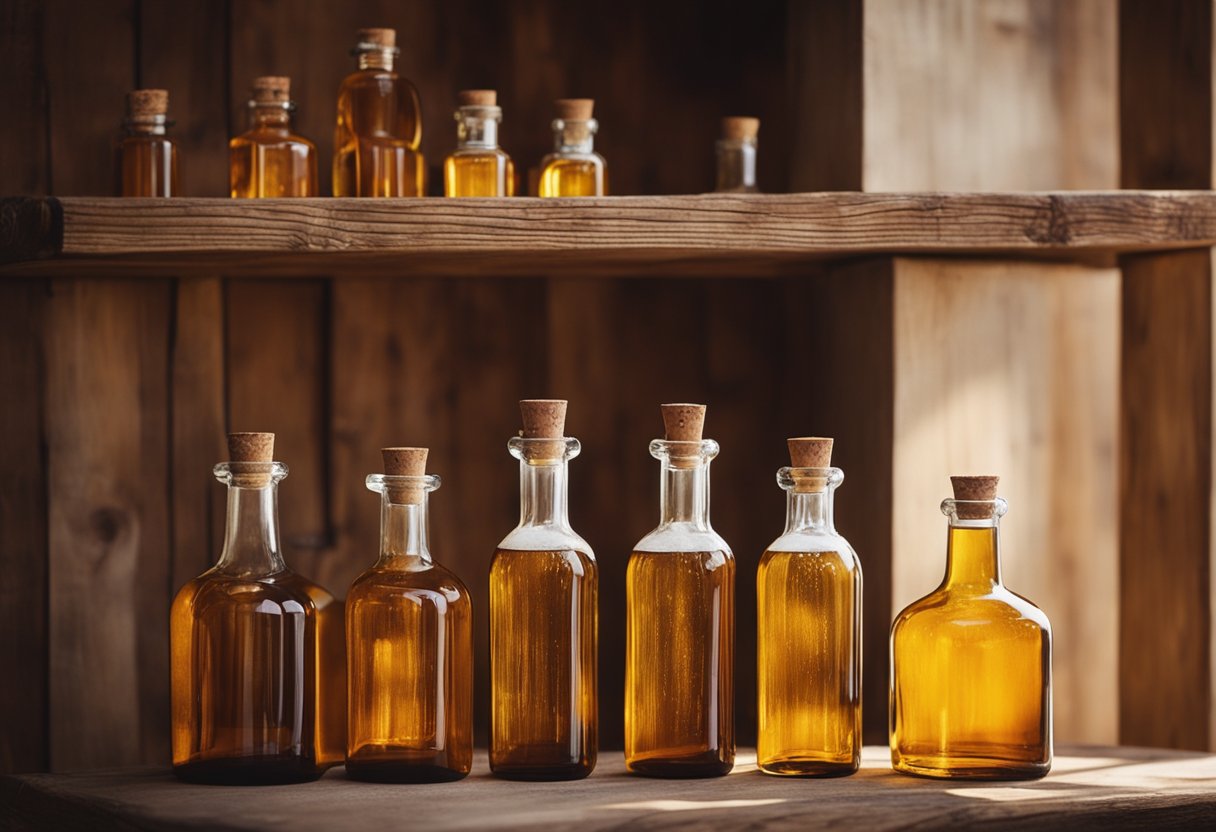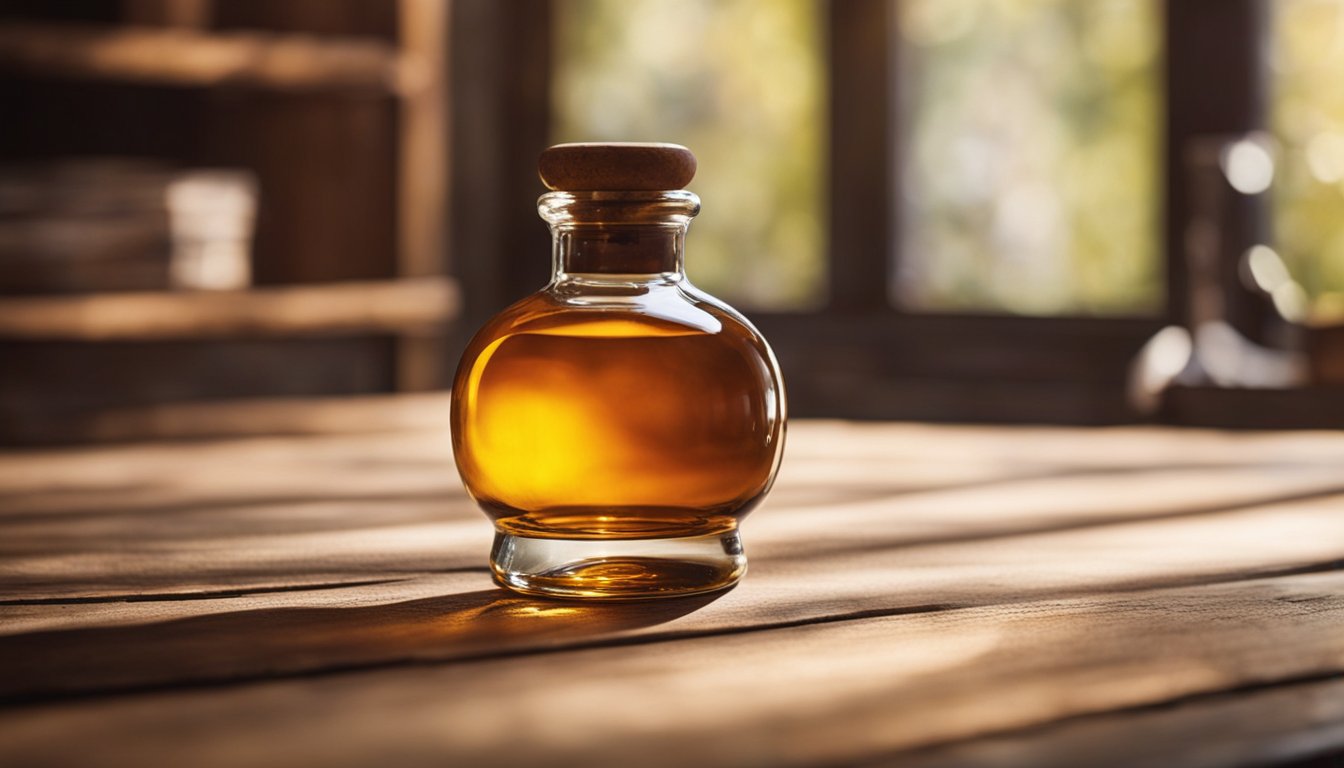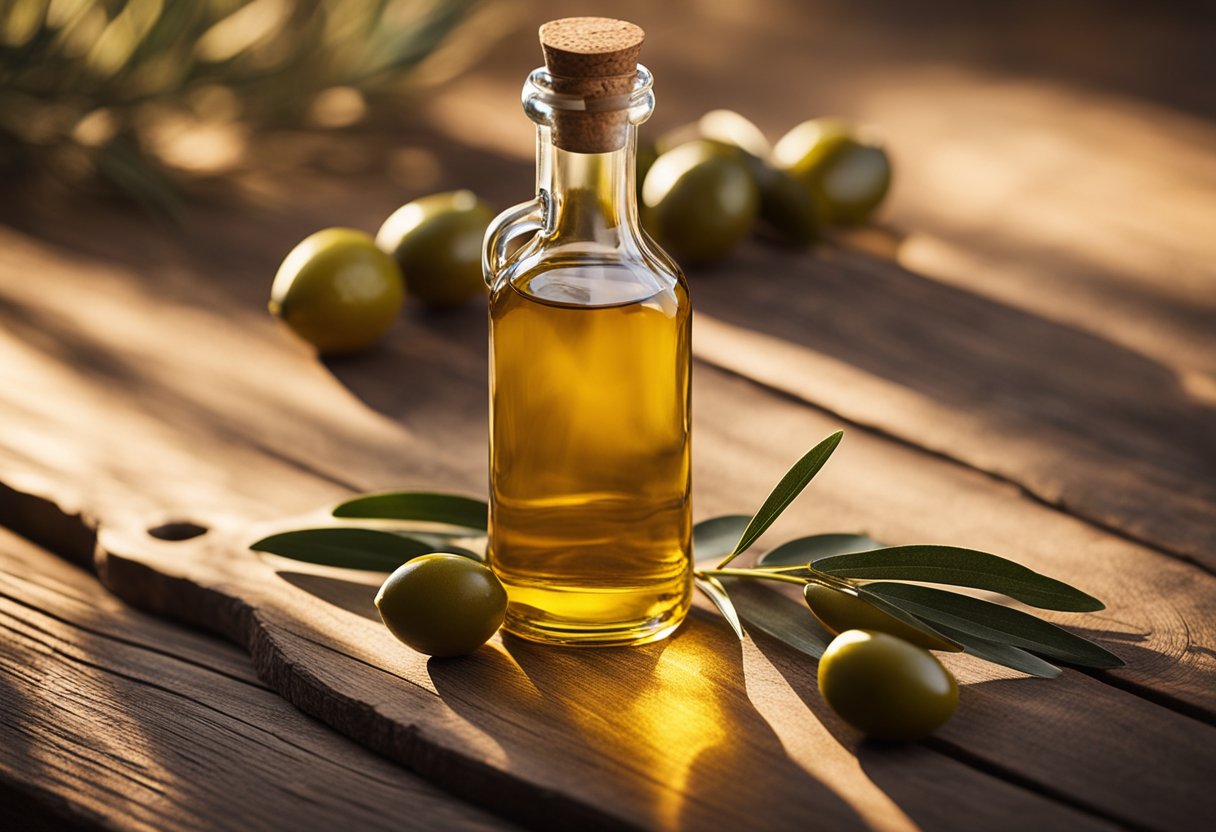Meta Description:
If you’re a drinker, you probably know that bottle sizes of wine aren’t a simple science. If you are interested in this knowledge, you can take a look at this blog.

People Have A Long History Of Using Glass Bottles For Wine:
Wine bottles have a long history of being made from glass. It’s possible that the first wine bottles were made in Egypt around 1000 BC, but there’s no way to know for sure. The earliest known surviving bottles are from ancient Greece and were discovered on the island of Santorini (Thira) by an archaeologist named A. J. Bittleston in 1936. These wine bottles are believed to be from between 700 BC and 600 BC.
The Romans used glass for all sorts of things including wine bottles, but it was not until the Middle Ages and Renaissance periods that this practice became more common. Bottles were made by blowing molten glass into molds or by cutting flat sheets of glass into shapes with a diamond-tipped saw blade.
During this time period, it was common for people in Europe to drink their wine directly from wooden barrels or clay amphorae containers that held about 10 liters each (about 2 gallons). This changed when glassblowers began producing larger bottles that could hold more than one person’s worth of wine at once without the need for sharing it with others nearby.
In the past, the production process of glass bottles was very time-consuming. But modern production technology is very mature, and many manufacturers (such as CUICAN) can produce large quantities of high-quality, beautiful glass bottles in a very short time.
What Are The Common Bottle Sizes Of Wines?
There are several standard bottle sizes for wine, including the standard 750ml size, which is used for most wines. The 375ml size is also common for white wines, while the larger 1.5-liter bottle is used for Champagne and sparkling wines. Here are some common bottle sizes of wines:
Mini-Bottle Wine Size:
Mini bottles are the smallest wine bottle size. Perhaps because of the recent popularity of Mini bottled wine, bottles of this size have become very common. The most common mini bottle size is 375ml, which is equivalent to a half-bottle. Mini bottles are used for more expensive wines and are popular at weddings and other special occasions.
750ml Bottle (or Magnum):
This is the most common size in Australia, and you’ll find it everywhere from high-end restaurants to your local bottle shop. It’s also known as a magnum because of its slightly larger size.
1-Liter Bottle (or Jeroboam):
This is one of the most popular sizes for large restaurants and hotels. It’s also known as a jeroboam because of its larger size compared to a standard 750ml bottle.
3-Liter Box (or Rehoboam):
A rehoboam wine box can be used for both red and white wines, but it’s more commonly used for reds due to the amount of liquid it holds.
5-Liter Box (or Methuselah):
A methuselah wine box is typically used for sparkling wines such as champagne or prosecco, although some wineries sell other styles in this size too. It’s named after Methuselah who was said to be the oldest man who ever lived according to The Bible.
Why Are The Sizes Of These Wine Bottles Named Like That?
Perhaps you have also discovered that the 750ML wine bottle is named Magnum; the 1-liter wine bottle is named Jeroboam and so on. Do you know what these names stand for? Who came up with these names?
750ML Bottle Sizes Of Wines And Magnum:
The first recorded use of the word magnum dates back to 1637. It was used by wine merchants in Bordeaux to indicate the large size of the wine bottle, which was originally designed for exporting wines outside of France. The name magnum was given to this particular size because it was twice as big as the standard size used in Bordeaux, which was called a “quart”.
1-Liter Bottle Sizes Of Wines And Jeroboam:
The first documented use of the word jeroboam dates back to 1350 and it referred to a vessel used by King Solomon’s wives to hold water during their visit to the king’s palace in Jerusalem. Since then, it has been used as a reference point for large quantities of liquids such as milk (jeroboam) or wine (magnum).
3-Liter Bottle Sizes Of Wines And Rehoboam:
The Rehoboam is six times bigger than a regular bottle and holds 4 liters (about 156 ounces). It was named after the son of Solomon who reigned over Judah from 912 B.C.-893 B.C., according to Wine Enthusiast Magazine.
5-Liter Bottle Sizes Of Wines And Methuselah:
This name was given to the bottle by the California Wine Association in the 1960s. The name Methuselah is based on a Biblical character who lived for 969 years. It is also used to describe the largest wine bottle in the world.
The names of these bottle sizes have their own meaning and are already an integral part of wine culture. Maybe when people shout that name, they think of those ancient stories.
Why Do People Divide So Many Bottle Sizes of Wine?
The bottle size of wine is an important factor in the wine industry. There are many different sizes of bottles that are used for storing, selling, and serving wine. Here are some reasons why people like to divide o many bottle sizes of wine:
Meet People’s Different Needs:
To meet the needs of different consumers, there are many different kinds of bottles used for storing and selling wine. Some consumers prefer small bottles, while others like large bottles. If producers only produced one type of bottle, they would lose customers who prefer a certain size of the bottle. For example, if there was only one side of the bottle made in France and it was very small, then most consumers would not buy it because they don’t like how small it is and would prefer something bigger. This means that producers would lose sales because they didn’t cater to everyone’s needs by offering more than one type of bottle size for their wines.
Uniform Bottle Size Benefits Production Cost Savings:
A uniform bottle size allows for greater efficiency when producing wine. This means that if a winery has a large production line, it will be able to produce more bottles with fewer workers. This results in lower costs for their production process.
Consumers Can Easily Identify Their Preferred Size:
Consumers tend to gravitate towards certain bottle sizes because they are familiar with them and they know how much they want to buy or drink at one time. This allows them to make quick decisions on what they want without having to look up all the different types of glasses available or how much each glass holds.
CUICAN Offers You Full Size Wine Bottles:
I believe you already know more about the size of wine bottles. So do you want to know how to buy those different sizes of glass wine bottles? In fact, it is very simple, you can directly go to CUICAN‘s official website to ask their professional customer service staff to solve the problem for you.
CUICAN is a professional glass bottle manufacturer from China. They have fulfilled many excellent orders for customers in many countries around the world, making many quality glass bottles.
They have enough experience in the production of glass bottles and can be said to be a very mature company.
Professional Production Technology:
During the glass bottle production process, they use hot-end vapor coating technology, cold-end spray technology, and advanced silicon-rich processing technology to treat the glass. The high-temperature oxidation treatment after forming ensures that all products are tasteless, odorless, and safe for health use. It also reduces color change caused by light exposure or heating at high temperatures after processing. The package has been tested by SGS and passed all tests successfully.
Powerful Productivity:
Since its establishment, CUICAN has been upgrading and improving its production methods. So far, they have 11 workshops and 30 assembly lines, with an annual output of 300 million pieces (150,000 tons). This means that they are fully capable of supplying customers with bottles of any size. And, no matter the size of the order, they do it well.
Responsible Quality Management:
CUICAN has more than 10 years of experience in glass bottle manufacturing and packaging production, which guarantees that all their products are not only stylish but also safe and healthy. It’s your first choice when choosing a high-quality product.
Using High-Quality Raw Materials:
The production process uses high-quality raw materials and advanced equipment which are strictly controlled by qualified professionals in order to ensure that every product meets the highest standards of quality and safety. All products are officially certified by ISO9001:2008 international quality management system certification. All products have passed SGS testing and CE certification so that they can pass through customs inspection smoothly.











